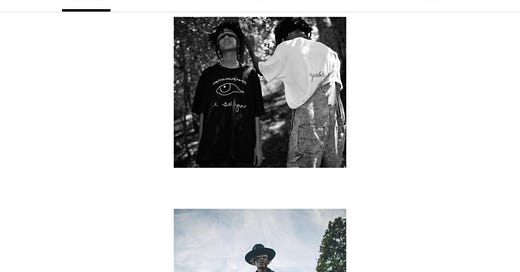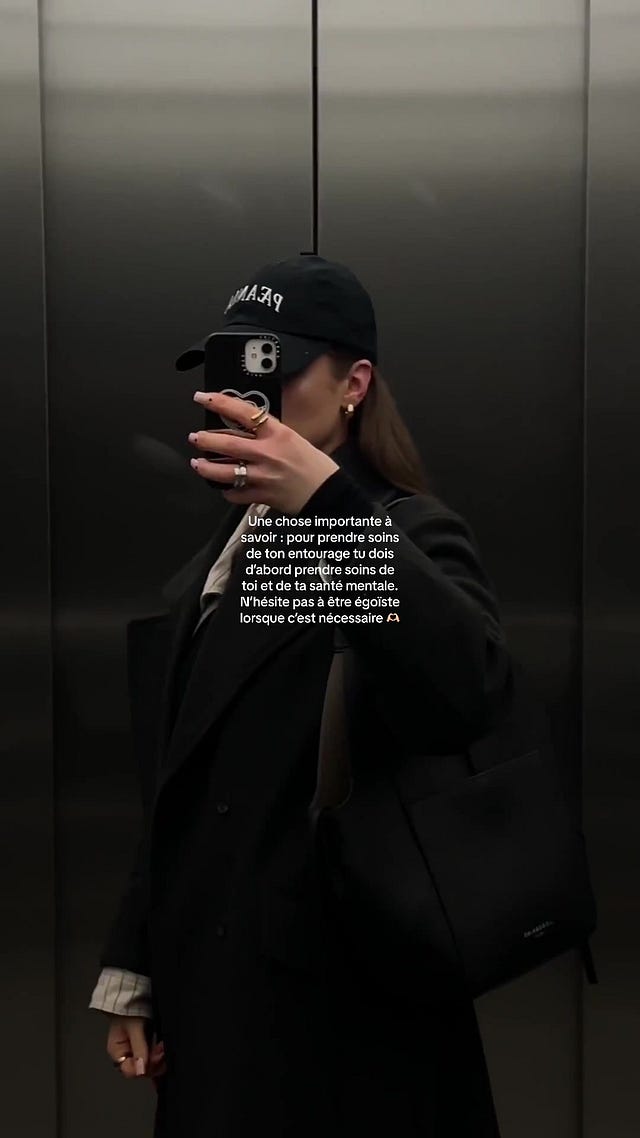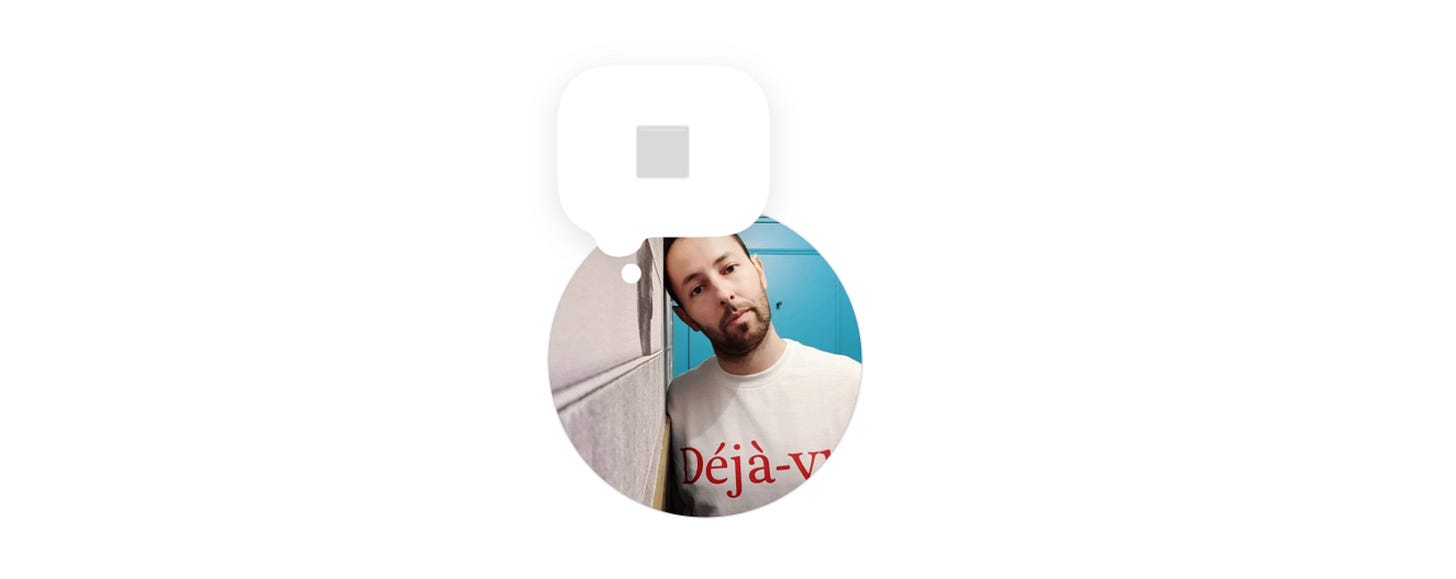Blank Posting: Why Empty Content Captures Our Attention
Blank posts, silent vlogs, white noise, invisible comments: emptiness is on the rise in social media.
Tuesday Night on Earth, new edition! I'm organizing with
a conference/meet-up at the Institut Français de la Mode with fellow Substack writers, titled “A New Fashion: Navigating Substack in an Age of Oversaturated Platforms”.Join us on March 5 at IFM in Paris—reserve your (free) tickets on Eventbrite!
As Ghost posting—the practice of publishing content meant for no one—gains momentum, we’re also witnessing the rise of another phenomenon: empty content. Blank posts, text-only updates without images, videos where nothing really happens. A trend we could call “blank posting”—content that paradoxically says nothing yet captures all our attention.
Playing with Emptiness to Create Attention
On Instagram, artists like Jaden Smith have gone through their blank post phases. The principle? Going months without posting, or deliberately publishing entire rows of invisible, white, or cryptic content. A game of anticipation and frustration, building tension among followers. Kanye West also uses this tactic, regularly deleting all his posts, leaving only a black screen or a single cryptic image.
In this logic, Instagram feeds stop being linear streams available to all; they become enigmas, puzzles to piece together in real time. What disappears holds more value than what remains visible. It’s a scarcity strategy applied to the digital realm—instead of constantly feeding the algorithmic beast, one starves it, creating demand.
Blank content can also be orchestrated in video.
Silent vlogs—videos without voiceovers—are thriving on YouTube. The concept: documenting daily life slowly, never speaking to the camera, incorporating silence and ASMR-like ambient sounds. These formats deliberately reject structured storytelling—instead of leading the viewer from point A to point B, they create floating spaces, suspended moments.
A true invitation to contemplation.
The Impact of Almost Nothing
In a hyper-saturated digital environment, silence and stillness become a luxury.
While most users build their online presence around storytelling—personal branding, transformation arcs, or performance-driven narratives—the act of saying nothing can be just as powerful.
Here, the paradox of the hook emerges: instead of grabbing attention with an aggressive opening, it’s about creating space and letting emptiness speak for itself.
The lack of an obvious narrative becomes an asset, allowing viewers to project their own emotions, transforming the blank canvas into a mirror.
On TikTok, the blank posting phenomenon echoes other emerging trends: Creators filming themselves without ever showing their faces. Accounts without bios, usernames, or clear identities. A new form of “anti-personality” where mystery fuels intrigue—an inversion of the traditional influencer model.
We are witnessing a code shift: where traditional influencers built their audiences through hyper-exposure, a new generation is embracing mystery and absence.
Influence no longer depends on hypervisibility but on a delicate balance of shadow and light. Tools now allow users to comment invisibly—using white text on a white background—on Instagram and YouTube, revealing messages only when viewed in dark mode.
The aesthetics of absence and invisibility are also powerful marketing tools. Bottega Veneta deleted its Instagram in 2021, opting instead for a quarterly magazine. The brand remains powerful: according to the Lyst Index, it ranked 6th in Q4 2024, far ahead of Jacquemus and even Balenciaga. A testament to the idea that influence isn’t about being the loudest, but appearing the most elusive. Choosing silence as a subversive act.
For years, we’ve believed that digital influence requires constant production, constant visibility. But what if the ultimate form of influence is strategic disappearance?
In an age of oversaturation, emptiness is no longer a void—it’s a force.
The future of influence may belong not to those who post the most, but to those who master the art of fading away at the perfect moment.
The stat of the week: 202.2K posts
On TikTok, 202.2K videos tagged “Faceless” have already been published, generating millions of views. This deep-rooted trend proves that showing a creator’s real identity and face is not always what audiences desire. However, a fundamental question arises: in an era where AI-generated videos are becoming mainstream, will humans themselves become merely a pretext or a subgenre in our consumption of social media content?
Amazing links
The young people pushing for a landline renaissance (The Guardian)
How scam operations exploit those trapped inside (The Conversation)
Have a great week! This newsletter is written with love, passion, and (French) coffee.
Feel free to share this newsletter, like, comment, or keep sending me emails: these notifications are a joy. And for those who can: see you in Paris next week!
My book “Alive In Social Media” is available on Amazon.








Can't wait to moderate with you lollz